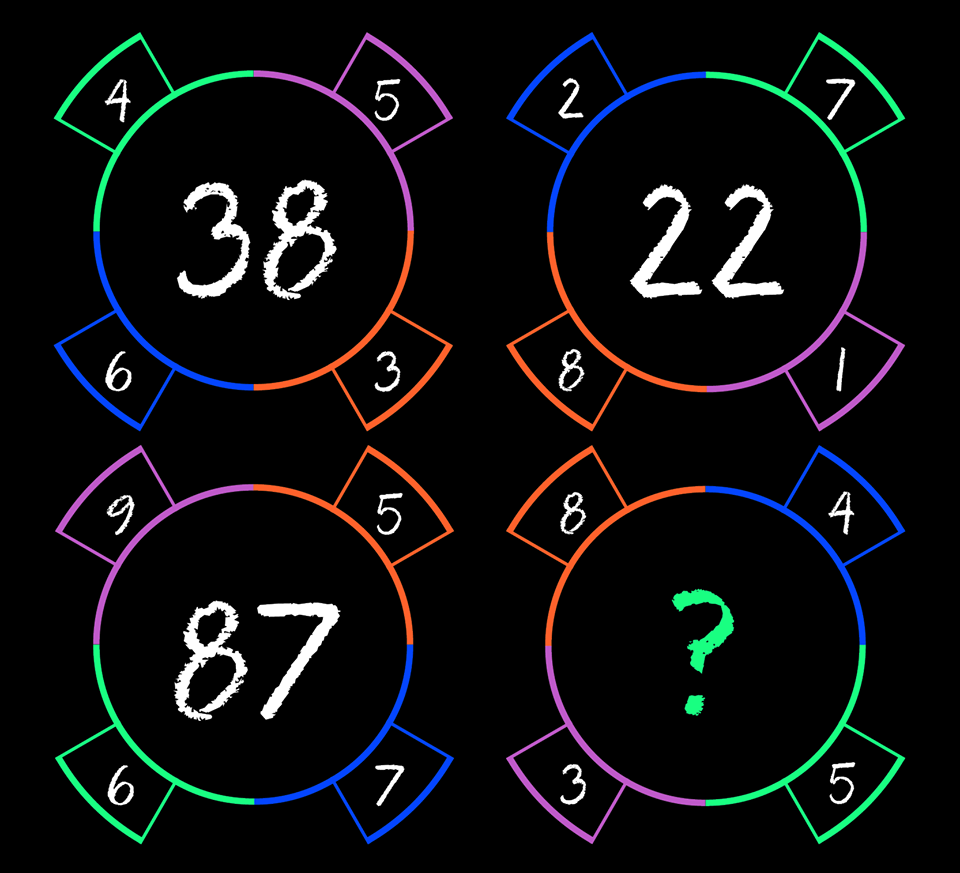MATH PUZZLE: Can you replace...
MATH PUZZLE: Can you replace the question mark with a number?Correct answers: 309
The first user who solved this task is Manguexa Wagle.
#brainteasers #math #riddles

I was out walking with my 4 ye...
I was out walking with my 4 year old daughter. She picked up something off the ground and started to put it in her mouth. I took the item away from her and I asked her not to do that.
"Why?" my daughter asked.
"Because it's been on the ground, you don't know where it's been, it's dirty, and probably has germs" I replied.
At this point, my daughter looked at me with total admiration and asked, "Mommy, how do you know all this stuff, you are so smart."
I was thinking quickly. "All moms know this stuff. It's on the Mommy Test. You have to know it, or they don't let you be a Mommy." We walked along in silence for 2 or 3 minutes, but she was evidently pondering this new information.
"OH...I get it!" she beamed, "So if you don't pass the test you have to be the daddy."
"Exactly" I replied back with a big smile on my face.
"Why?" my daughter asked.
"Because it's been on the ground, you don't know where it's been, it's dirty, and probably has germs" I replied.
At this point, my daughter looked at me with total admiration and asked, "Mommy, how do you know all this stuff, you are so smart."
I was thinking quickly. "All moms know this stuff. It's on the Mommy Test. You have to know it, or they don't let you be a Mommy." We walked along in silence for 2 or 3 minutes, but she was evidently pondering this new information.
"OH...I get it!" she beamed, "So if you don't pass the test you have to be the daddy."
"Exactly" I replied back with a big smile on my face.

